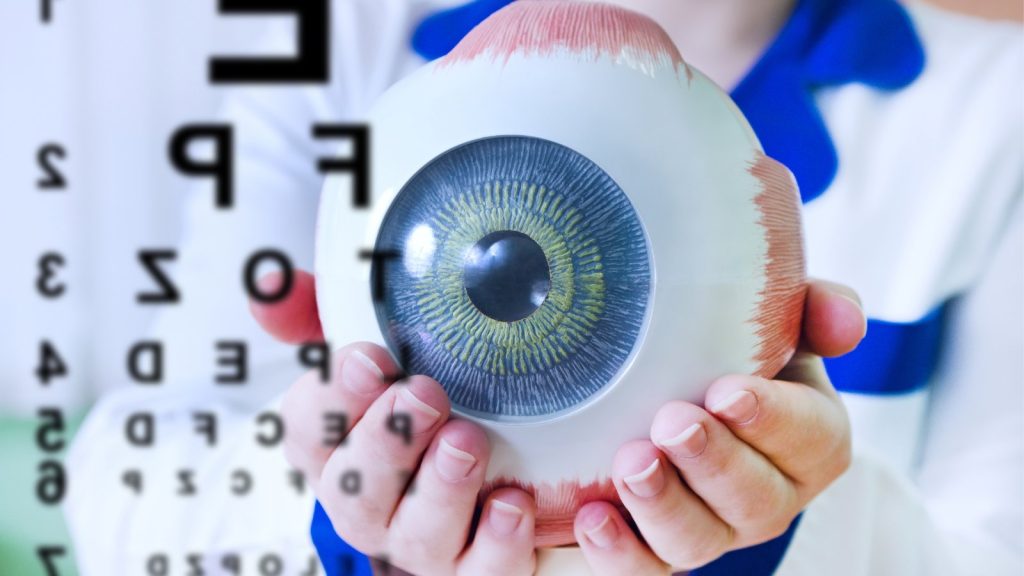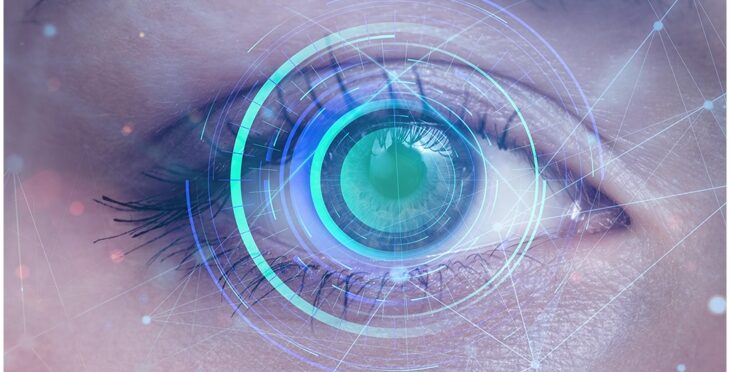Specialized Retina Service Near Me: Top-Notch Eye Care Professionals
The Role of Advanced Diagnostic Tools in Identifying Eye Disorders
In the realm of ophthalmology, the usage of sophisticated analysis tools has reinvented the very early recognition and administration of different eye disorders. From identifying subtle changes in the optic nerve to keeping an eye on the progression of retinal conditions, these innovations play a crucial role in improving the precision and efficiency of detecting ocular problems. As the need for accurate and timely medical diagnoses continues to grow, the integration of sophisticated devices like optical coherence tomography and visual area testing has actually become essential in the world of eye care. The intricate interaction between innovation and ophthalmic practices not just drops light on complex pathologies yet likewise opens up doors to customized treatment strategies.
Relevance of Very Early Medical Diagnosis
Early medical diagnosis plays an essential duty in the efficient administration and treatment of eye problems. By finding eye conditions at a very early stage, healthcare carriers can provide appropriate therapy strategies customized to the certain condition, inevitably leading to better end results for clients.

Innovation for Discovering Glaucoma
Cutting-edge diagnostic technologies play an essential role in the early discovery and surveillance of glaucoma, a leading reason of permanent blindness worldwide. Another innovative device is aesthetic field screening, which maps the sensitivity of a client's aesthetic area, aiding to identify any type of locations of vision loss quality of glaucoma. These advanced diagnostic devices allow eye doctors to diagnose glaucoma in its early stages, permitting for prompt intervention and better monitoring of the illness to prevent vision loss.
Function of Optical Comprehensibility Tomography

OCT's capability to evaluate retinal nerve fiber layer density allows for page accurate and unbiased dimensions, assisting in the early discovery of glaucoma even prior to aesthetic area issues become obvious. Generally, OCT plays a critical duty in enhancing the diagnostic accuracy and administration of glaucoma, eventually adding to far better end results for people at threat of vision loss.
Enhancing Diagnosis With Visual Field Testing
An important component in extensive sensory analyses, aesthetic area screening plays an essential function in improving the analysis process for different eye conditions. By examining the complete level of a person's aesthetic field, this examination gives critical info about the useful stability of the whole aesthetic pathway, from the retina to the visual cortex.
Aesthetic area screening is specifically valuable in the medical diagnosis and monitoring of problems such as glaucoma, optic nerve conditions, and different neurological conditions that can influence vision. Through measurable dimensions of peripheral and central vision, clinicians can spot refined click reference modifications that may suggest the presence or development of these conditions, even prior to obvious signs occur.
Furthermore, aesthetic field screening permits the monitoring of treatment efficacy, assisting ophthalmologists tailor healing interventions to specific patients. eyecare near me. By tracking adjustments in visual area performance over time, doctor can make enlightened decisions regarding adjusting medicines, recommending medical interventions, or carrying out various other proper measures to maintain or improve a person's visual function
Handling Macular Deterioration

Conclusion
In verdict, progressed diagnostic devices play a vital function in determining eye problems early on. Technologies such as Optical Coherence Tomography and aesthetic area testing have actually considerably boosted the Related Site precision and performance of diagnosing problems like glaucoma and macular degeneration.